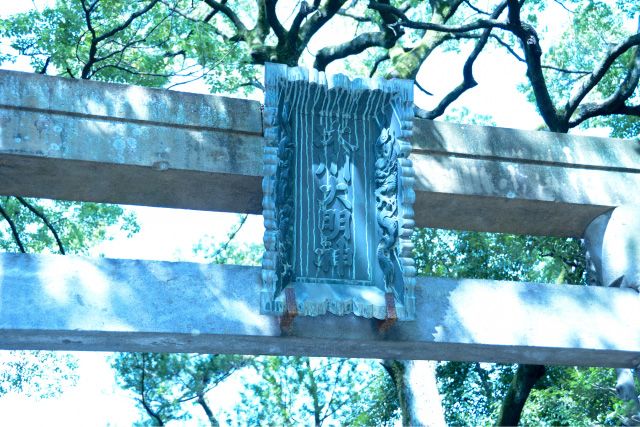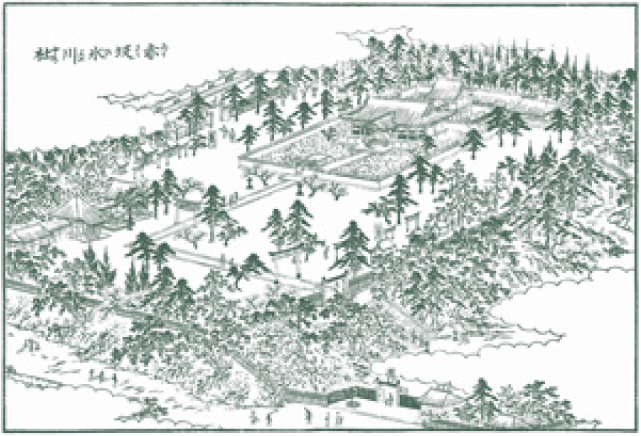- トップ
- About Akasaka Hikawa Shrine
About Akasaka Hikawa Shrine
History

Enshrined Deities
Susanoo-no-Mikoto
Kushiinadahime-no-Mikoto
Oonamuji-no-Mikoto, also known as Okuninushi-no-Mikoto
Divine Virtues
Protecting against misfortune, Good match, Peace and prosperity in the household, Thriving business
Foundation and History
From AC 951, it has been enshrined at Busho Toshima-gun Hitotsugimura. So it has more than a thousand year history.Over 100 years later from enshrinement, there was a drought in Kanto region. People prayed for rain and the prayer was answered. Afterwards, similar rituals have been held for the prevention of plagues or disasters at the shrine.
In the Edo period, when Yoshimune TOKUGAWA, the 8th seii tai shogun succeeded the shogunate in 1716, he commanded a member of the shogun's council of elders, Tadayuki MIZUNO to construct the current shrine building at the shrine’s current site in 1729. One year later, at 26 April 1730, the sacred symbol has been installed in the shrine building and at 28 April, the shogun visited the shrine directly.
Since then to Ieshige TOKUGAWA, the 14th seii tai shogun, the sealed letters from successive Shoguns (cultural properties designated by Minato Ward) have been issued to the shrine.

The Shrine Pavilion and the Precinct

The shrine pavilion is all made of timber of Japanese cypress and topped by copper sheet roofing lacquered in vermilion, which is known as the ikkensha-zukuri. And the building miraculously had escaped the disasters by the Ansei Great Earthquake (1855), the Kanto Great Earthquake (1923) and the Great Tokyo Air Raids (1945).Therefore the building still retains the original features from Edo period. Also, it is designated as a Tokyo-Metropolitan-Area designated intangible cultural property.
The precinct of the shrine is covered by thick green trees and there are Torii, stone lanterns and Komainu (shrine guardian dog statues) which has the name of the period “Edo” engraved upon these. These old properties help us to depict the Edo period and it is a quite rare shrine in Kanto region.Also, there is a 400 year-old big ginko tree, a natural monument which has brilliant color in fall. Also there is “Shiawase Inari shrine”, the name is given by Kaishu KATSU, a supporter of a noble who saved one and a half million peoples’ lives and properties in Edo period.

Annual Festival
15 September
Areas of Parishioners’
Moto Akasaka 1 Chome and 2 Chome
Akasaka 1 Chome – 9 Chome
Part of Roppongi 1 Chome, 3 Chome and 4 Chome
Toranomon 1 Chome - 1
